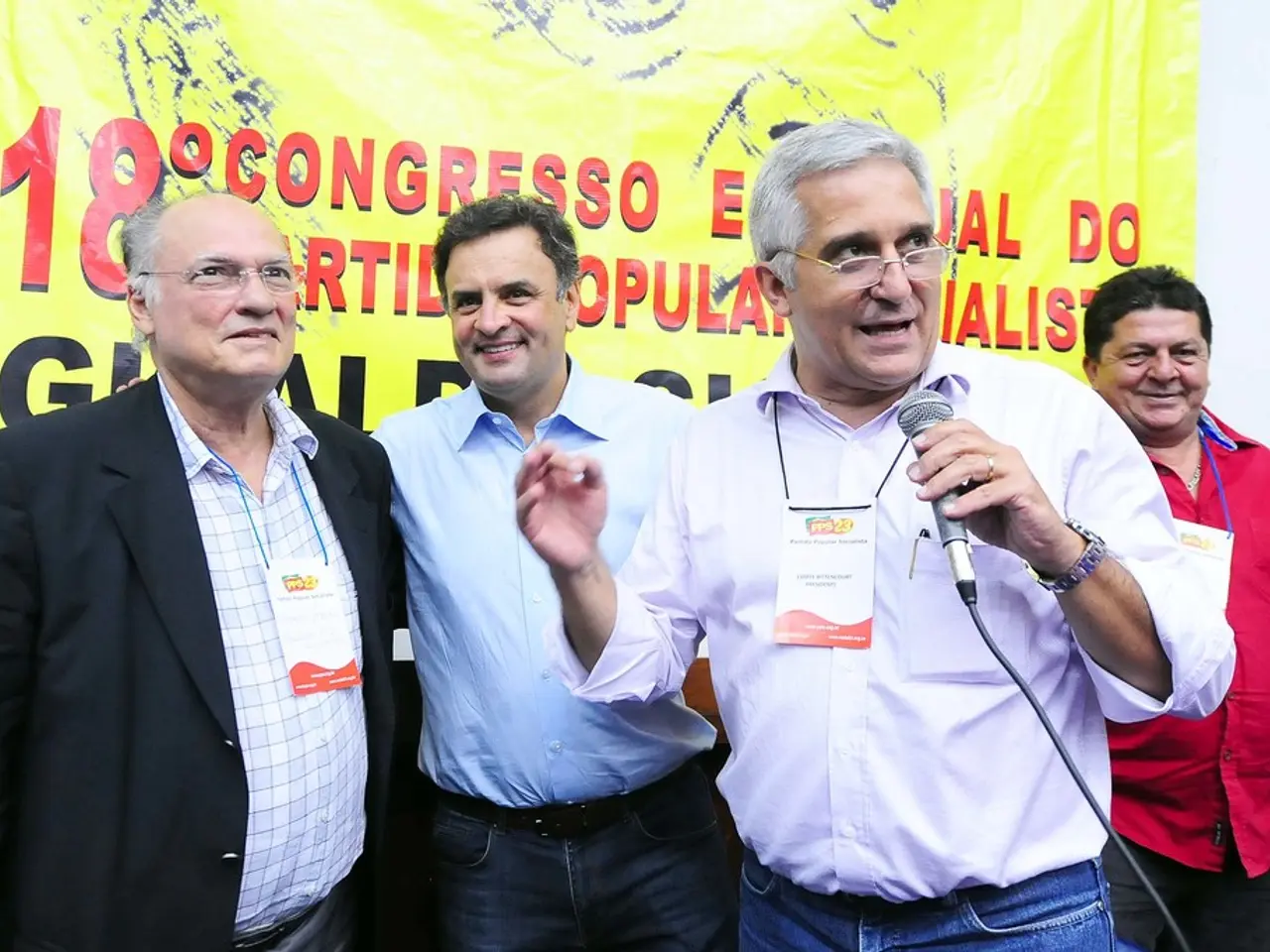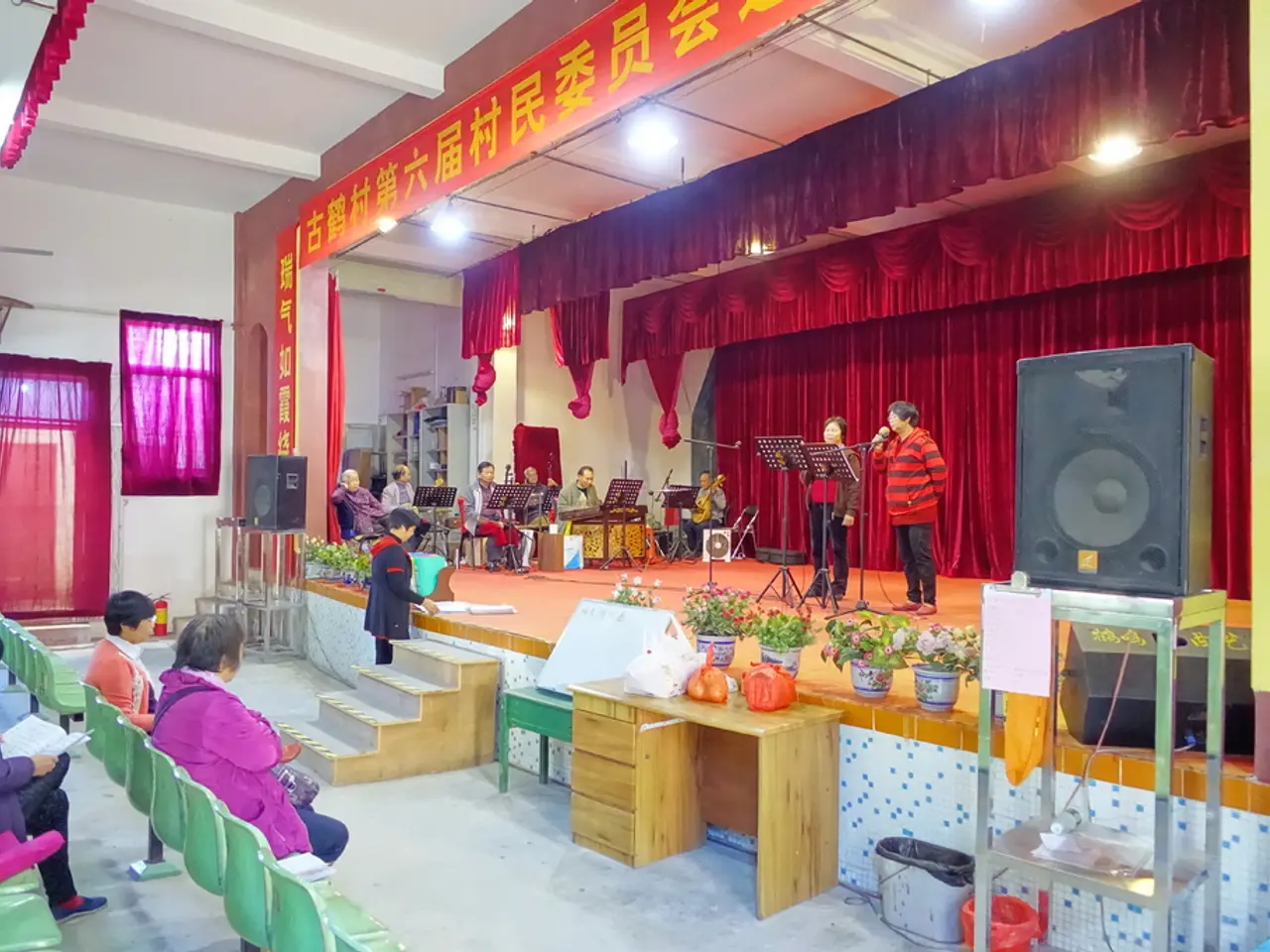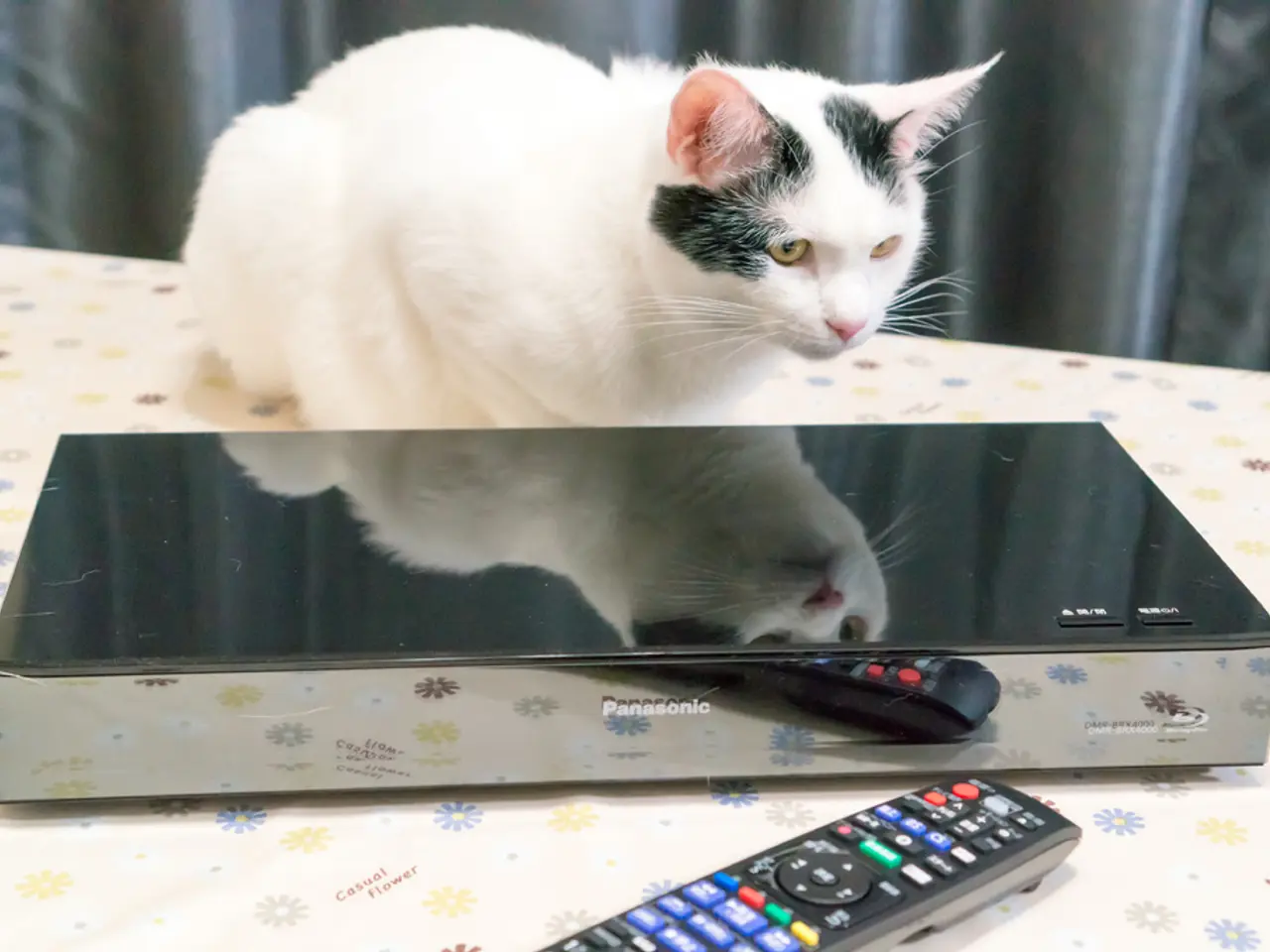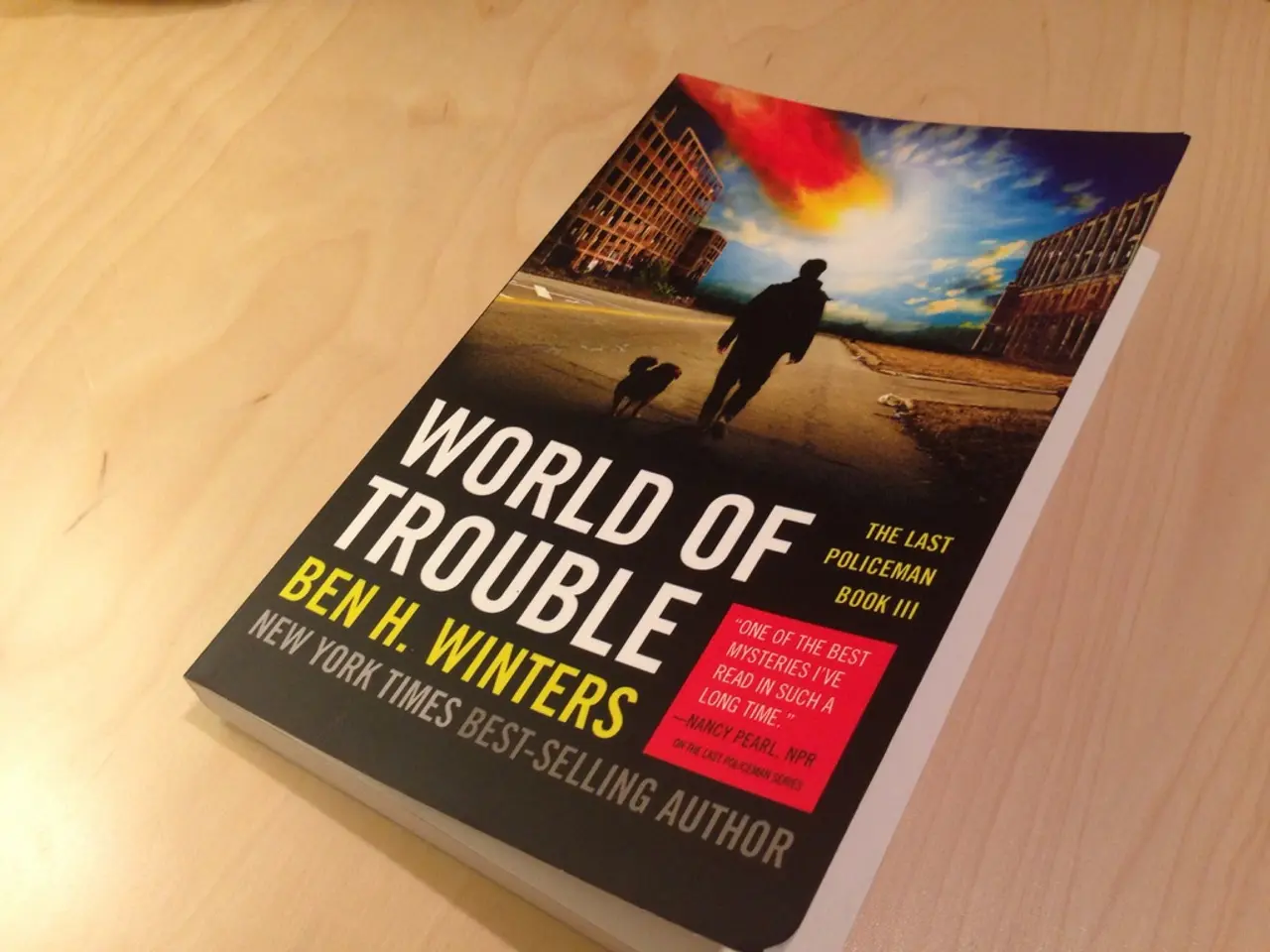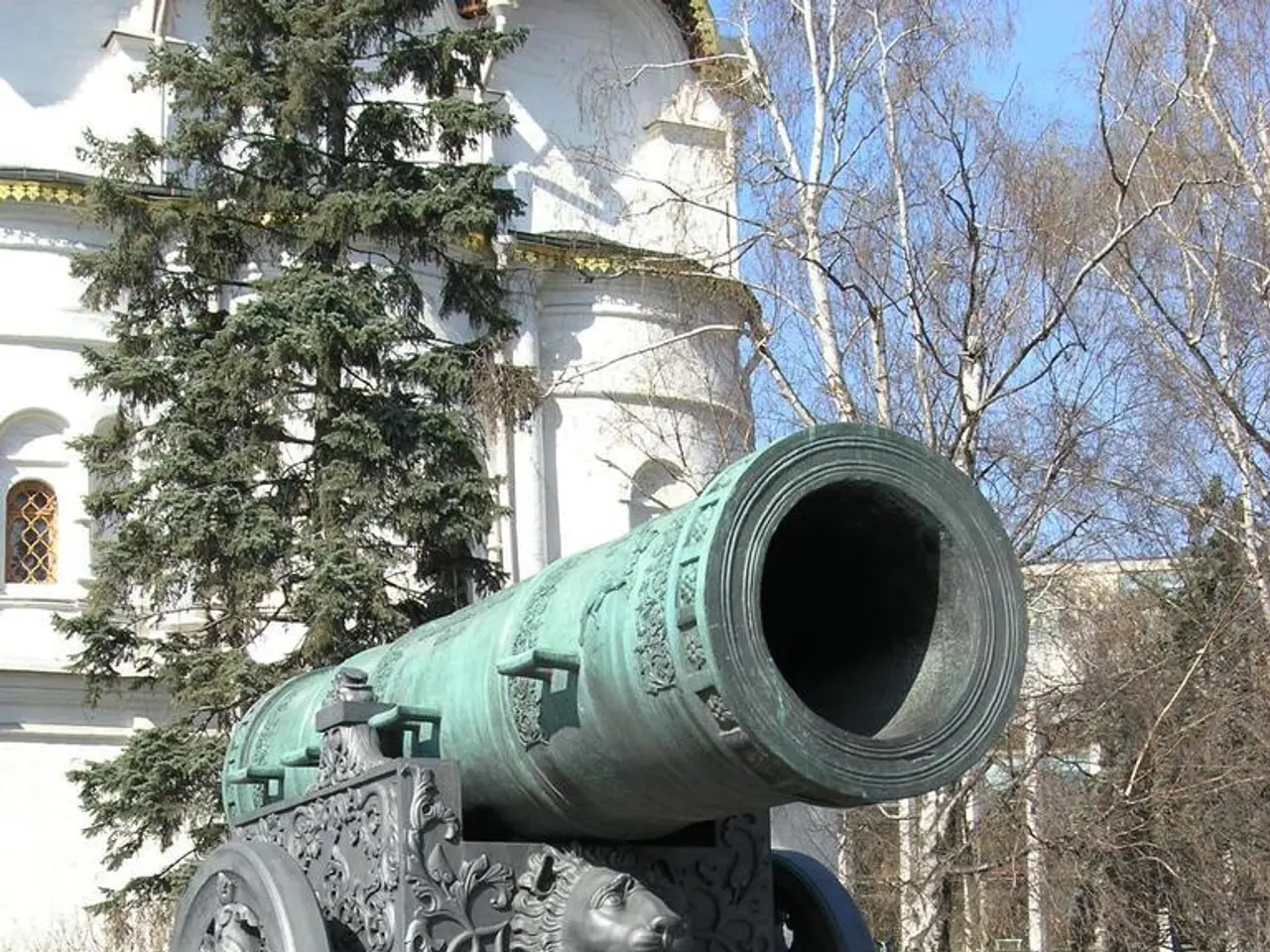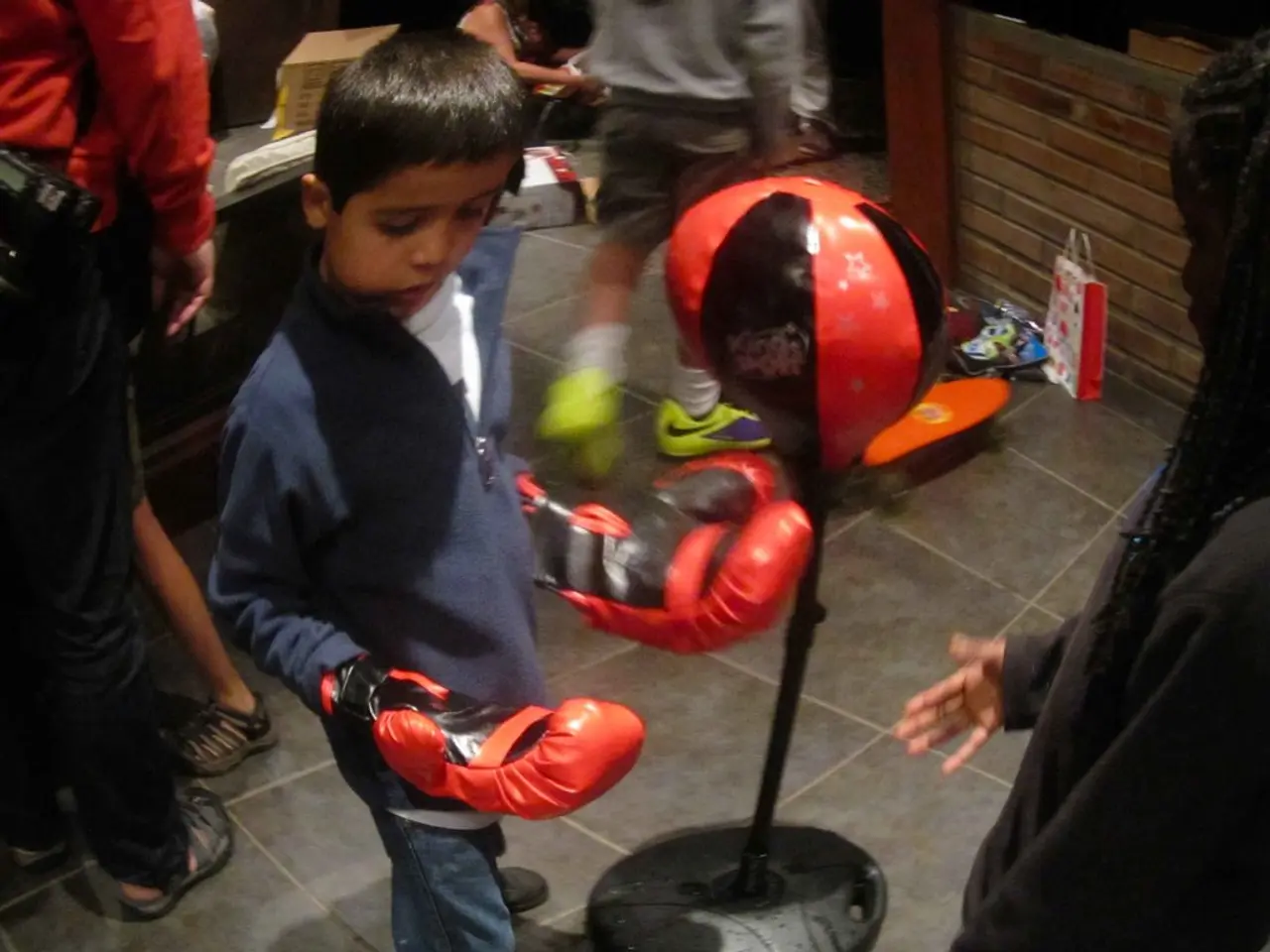Ghostly Encounters in Wesley and Bishopwearmouth: Clandestine Clash of Spectral Forces
In the early 1700s, a peculiar event unfolded in Epworth, Lincolnshire, known as the John Wesley Poltergeist. This case, centred mainly around the Wesley family, featured typical poltergeist phenomena such as knocks, raps, and eerie noises, along with unusual effects like electricity dancing around metal objects in the bedroom.
The disturbances appeared to be focused on one family member, possibly the sister Hetty, although the evidence is mixed. The family, including Samuel Wesley Sr., a clergyman, did not express fear but rather found some incidents vaguely amusing. The haunting lasted less than two months and ended in early 1717.
When aligned with the 1980s typology of poltergeist cases, the Wesley case fits well. This typology characterises such phenomena as centered around a focus person, involving noisy disturbances, communication attempts, and physical interactions. The Wesley case also matches the 1980s typology in that poltergeists are often not affected by religious intervention, tend to be short-lived, and may involve unusual phenomena like "dancing electricity."
The Bishopwearmouth 'Poltergeist', which occurred in 1840 and focused on 13-year-old Mary Jobson, shares similarities with the Wesley case. Phenomena included loud knocks, doors opening and closing on their own, music coming from nowhere, cold water appearing in puddles, and a voice. The Jobson case involved a girl named Mary who heard voices and seemed to be the source of a voice that no one recognised.
Respected surgeon William Reid Clanny visited Mary and published two versions of his report on the phenomena, including eyewitness testimony from both the family and a slew of doctors and surgeons. The voice was loud, strong, and weirdly sweet, and it was not Mary's own. Intriguingly, Mary's lips didn't move when the voice was heard by another visitor.
The typology suggests that phenomena focuses on one person, objects move towards specific targets or follow a strange trajectory, objects can pass through solid material, voices, visions, raps, or other forms of communication may be present, exorcisms do nothing, disturbances often stop if the person of focus leaves the building, phenomena can happen at any time, day or night, and the duration is rarely lengthy.
It's worth noting that poltergeist accounts date back through the centuries, with examples in the 1660s and 1840s in England. The presence of such cases suggests that the phenomenon of poltergeists is not a modern invention but has been a part of human history for centuries.
References:
- Poltergeist: A Historical Perspective
- The Bishopwearmouth Poltergeist
- The Jobson Poltergeist
- The Wesley Poltergeist
- The 1980s typology of poltergeist cases, as explained in the text, often finds these events centered around a specific individual, such as the Wesley family's sibling Hetty or the 13-year-old Mary Jobson.
- The lifestyle section of a local newspaper might contain an article on ghost stories, inspired by the recurring incidents of poltergeists, such as the Wesley Poltergeist and the Bishopwearmouth Poltergeist, that have been part of English folklore for centuries.
- In addition to old books and fashion-and-beauty magazines, one might find an interest in entertainment based on poltergeist accounts, like the Wesley Poltergeist, in a well-stocked library or bookstore.
